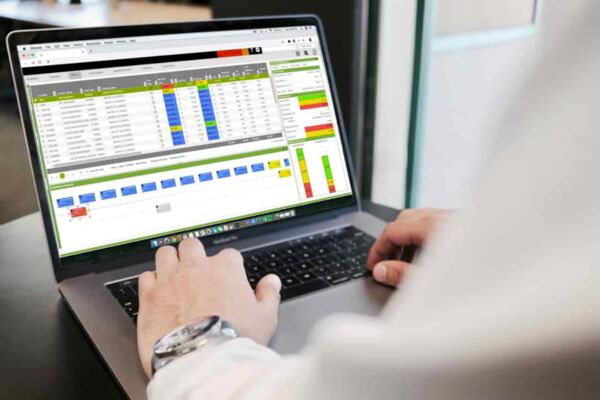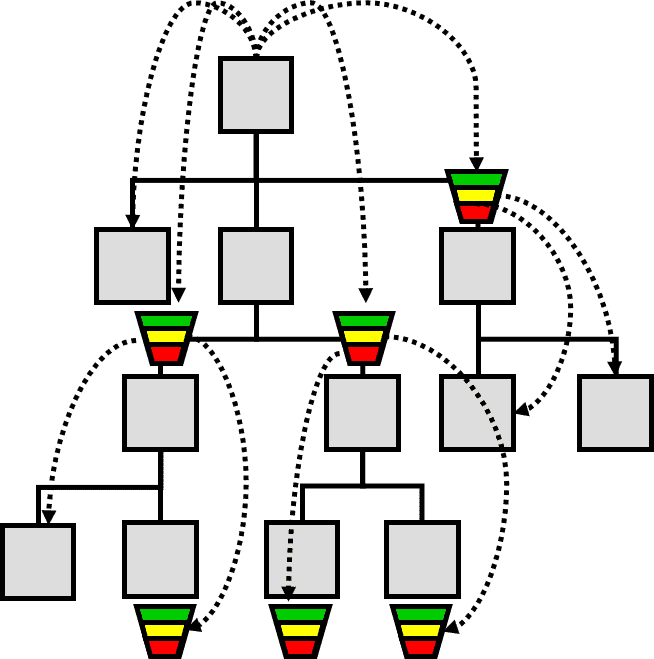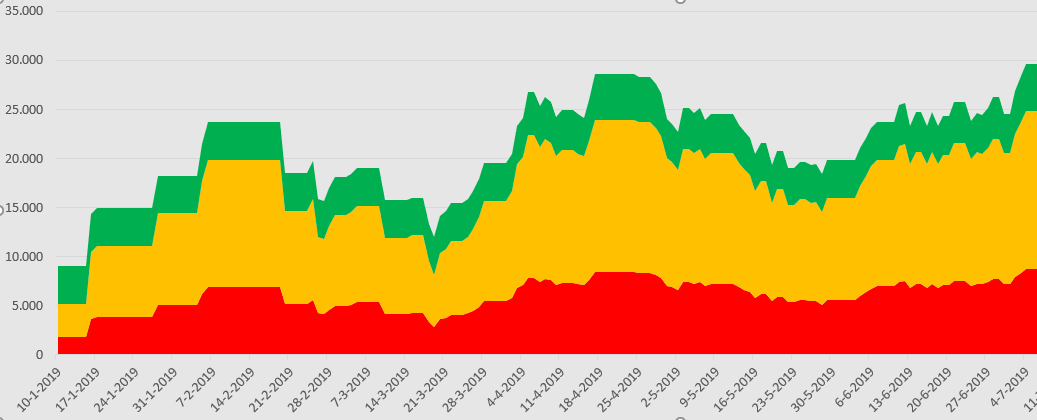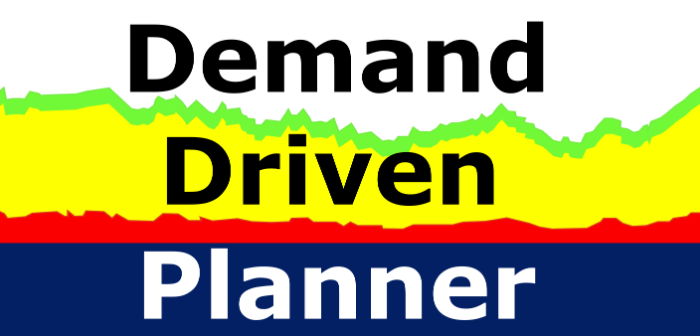DDMRP Demand Driven MRP
Traditional material planning and control systems (ERP/MRP and distribution requirements planning systems) are systems in which detailed forecasts are used to procure needed materials and components. The system pushes manufacturing orders through the production and distribution system to the point of consumption. This system is typically called “Push and Promote”. These legacy rules and systems cause friction and compromises within and between manufacturers in today’s volatile and more complex supply chains. A demand driven approach is different because a key benefit is that demand orchestrates the flow of goods.
Partners
We collaborate with the demand driven institute to deliver high-quality DDMRP training. We work in close cooperation with WA-systems to help companies implement DDMRP in their manufacturing facilities and across their supply chain.

The problem
Most Purchasing and Materials Managers feel like they are caught between a rock and a hard spot. Shortages of critical items must be eliminated while at the same time the market demands s short lead time while supply chains grow longer and availability of materials is not always guaranteed. In today’s economic climate this conflict is more urgent than ever.
Unfortunately, most of the today’s available tool sets are insufficient to effectively resolve this conflict in the face of increasing demand and supply volatility and variability. Learn about the shortcomings of tools like MRP and Demand driven MRP is based on the best attributes of Six Sigma, Lean, TOC and MRP. This integrated but still intuitive approach will give lower inventories, better customer service, better use of capacity and lower supply chain risk.

DDMRP helps
The demand driven institute developed DDMRP as a new way to aid the supply chain. They adopted the still relevant aspects, these five components from Material requirements planning, six sigma, Lean and the theory of constraints to enhance the traditional MRP. So it is not DDMRP vs MRP but more of a next step for MRP. The main drive of DDMRP is flow. The concept of flow is that, when products are moving through a supply chain, they add value. The way to promote flow within the supply chain is by utilizing flow protection. These protections are the so-called buffers.
Buffer
A buffer is a vital part of DDMRP and is designed to protect and pull on the supply chain. The innovations of the buffer helps to replenish and control the supply chain using a pull system. Because we operate a complex supply chain system, we need to manage the production disruptions and chaos that this system creates. When a buffer is in place, it will decouple the lead time and variation at that certain point. The decoupling will protect from the variation on both the supply and the demand sides. Decoupling is done with these critical items that are needed for production.
Buffers can be used to accomplish the following tasks:
-
Customer tolerance time
-
Market potential Lead Time
-
Sales Order Horizon Visibility
-
External Variability
-
Inventory leverage and flexibility
-
Critical operation protection such as a bottleneck

Order generation
Within demand driven material requirements planning, the supply orders are generated by actual demand. Production only starts when there is a customer order. This order is propagated down the various buffers. Inventory buffers, use other inventory buffers to order materials from. These orders are being used by the software to pull the desired materials through the supply chain and between the buffers.

Dynamic replenishement
When the interest in a product grows or shrinks, the supply chain has to adapt to accommodate this. The demand driven institute came up with the equation by using ADU, Average daily usage. This number is the center of DDMRP and is used to plan buffers, decide on order quantities and calculate using the desired order interval. Other factors that are used include supplier reliability, lead time, and minimum order quantities. When the demand for a product increases, the buffer inventory grows accordingly, when the daily demand is lowered, the buffer will shrink.
When the DDMRP method helps
Companies that use ddmrp for their planning and inventory management notice a valuable advantage. The most common one is less supply chain stress. This means that there are less disruptions and exceptions and the planner is able to improve the system.
30-45%
Optimal inventory investment
97-100%
On time in full order fulfilment
80%
Shorter lead times
DDMRP is more then MRP
When a companies want to introduce buffers and DDMRP logic into there system, this is a fairly easy process. However this buffer inventory is not deployed as part of common ERP systems and special software is needed to implement DDMRP. We, from Visie Partners have multiple partners that we collaborate with to start your demand driven material requirements planning journey. More info about the services we can offer, can be found on demanddriven.nl, our own website dedicated to demand driven material requirements planning.
Education
To learn more about DDMRP and to learn the simple way that the systems operates, check our learning offers below. Experience with DDMRP is not a requirement, the course is also applicable for planners that work with Demand Driven in their daily work
Demand Driven Planner
This course makes you question the traditional way of inventory planning and control MRP. It covers topics on how to reduce stocks by creating buffers where they contribute most to absorbing variation and protecting the flow time (flow). As a student, you learn methods for actively controlling the volume of buffers based on the size and variation of the demand and the lead times in production and purchasing.
